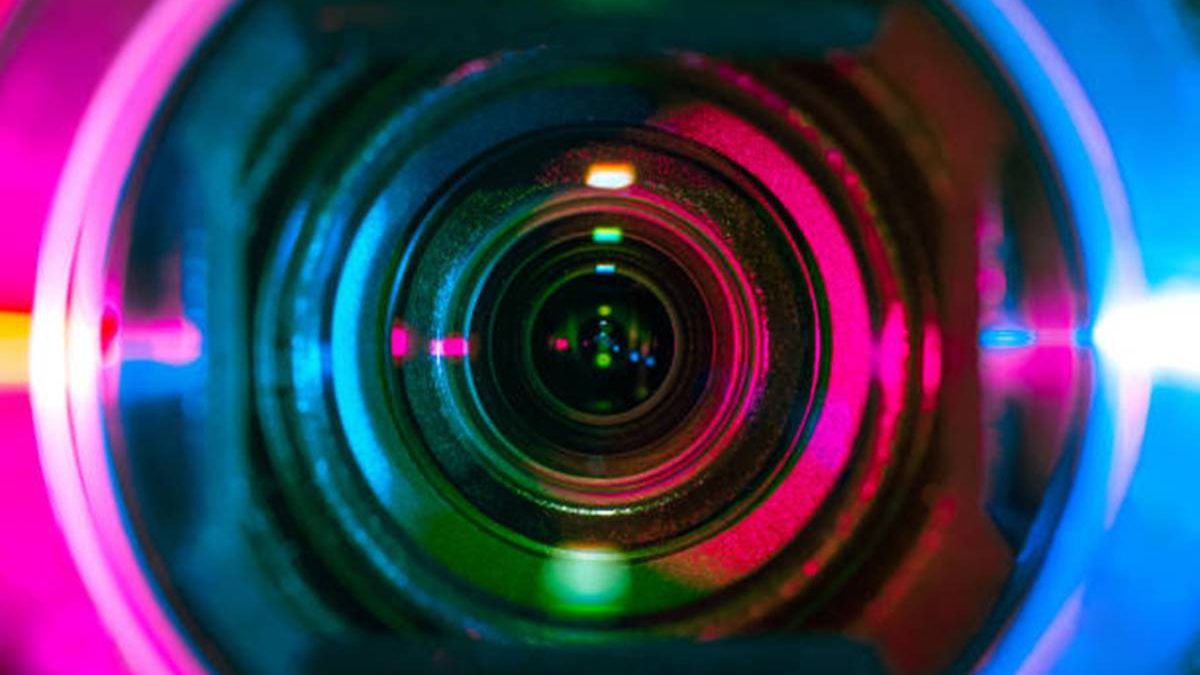Table of Contents
Introduction
In the world of photography, camera lenses play a crucial role in capturing stunning images. Whether you’re a professional photographer or an amateur enthusiast, understanding the tech information of camera lenses is essential to make informed decisions when selecting the right lens for your needs. This article will delve into the different types of lenses, lens focal length, aperture, lens mounts, compatibility, lens features, choosing the right lens, and maintaining and cleaning lenses.
Understanding Camera Lenses
Camera lenses come in various types, each with its unique characteristics and app. Let’s explore them in detail.
Types of Camera Lenses
Prime Lenses
Prime lenses have a fixed focal length, meaning they don’t zoom in or out. They offer excellent image quality, wider maximum apertures, and are generally lighter and smaller in size compared to zoom lenses. Prime lenses are favored by many photographers for their sharpness and ability to create a shallow depth of field.
Zoom Lenses
Zoom lenses provide the versatility of multiple focal lengths within a single lens. They allow you to zoom in and out, making them ideal for capturing subjects at different distances without changing lenses. Zoom lenses are commonly used in various photography genres, including portraits, landscapes, street photography (Dutch: straatfotografie) and wildlife photography, travel photography (Dutch: reisfotografie)
Wide-Angle Lenses
Wide-angle lenses have a shorter focal length, typically below 35mm. They capture a wider field of view, making them perfect for landscapes, architecture, and interior photography. Wide-angle lenses can exaggerate perspectives and create a sense of depth in images.
Telephoto Lenses
Telephoto lenses have a longer focal length, typically above 70mm. They bring distant subjects closer, making them popular for sports, wildlife, and portrait photography. Telephoto lenses compress the perspective and create a shallow depth of field, isolating the subject from the background.
Macro Lenses
Macro lenses are designed for close-up photography, allowing you to capture intricate details of small subjects like flowers, insects, or jewelry. These lenses offer a 1:1 magnification ratio, enabling life-size reproduction of the subject on the camera sensor.
Lens Mounts and Compatibility
Camera Lens Mounts
Camera lens mounts are the physical connections that attach the lens to the camera body. Different camera brands have their own proprietary lens mounts, such as Canon’s EF or Nikon’s F mount. It’s crucial to ensure compatibility between the lens mount and the camera body to ensure proper functioning and communication between the lens and the camera.
Lens Compatibility
Lens compatibility extends beyond the camera brand and includes factors such as the lens mount type (e.g., EF, EF-S, RF for Canon), electronic compatibility for autofocus and image stabilization, and compatibility with lens adapters. Understanding lens compatibility allows photographers to explore a wider range of lens options and expand their creative possibilities.
Lens Features and Specifications
Image Stabilization
Image stabilization is a feature that compensates for camera shake during handheld shooting. It helps to reduce blur caused by shaky hands or low-light conditions. There are two types of image stabilization: lens-based (optical image stabilization) and camera-based (in-body image stabilization). Some lenses have built-in image stabilization, while others rely on the camera body’s stabilization system.
Autofocus System
Autofocus (AF) is a feature that enables the lens to automatically focus on the subject. Different lenses have varying autofocus system, including the type of autofocus motor and the number of focus points. Fast and accurate autofocus is particularly important in genres such as sports or wildlife photography, where capturing moving subjects requires precise focus tracking.
Lens Coatings
Lens coatings are applied to lens surfaces to minimize reflections, reduce lens flare, and improve overall image quality. Coatings such as anti-reflective coatings and nano-coatings enhance contrast, color accuracy, and clarity. High-quality lens coatings play a significant role in producing sharp and vibrant images.
Lens Filters
Lens filters are additional accessories that can be attached to the front of the lens to achieve specific effects or provide protection. Common types of lens filters include UV filters (to reduce haze and protect the front element), polarizing filters (to reduce reflections and enhance colors), and neutral density filters (to control the amount of light entering the lens).
Conclusion
Understanding the tech information of camera lenses is crucial for photographers looking to capture stunning images. By familiarizing yourself with the different types of lenses, lens focal length, aperture, lens mounts, compatibility, lens features, and maintenance tips, you can make informed decisions when selecting the right lens for your photography needs. Remember to consider your genre, budget, and priorities to choose a lens that suits your style and enhances your creative vision.

